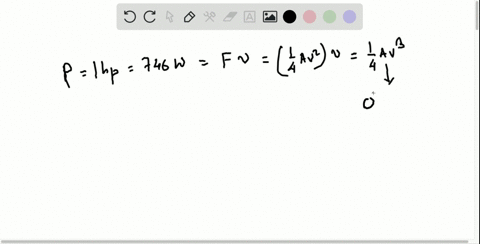
The player dismounts using the dismount control. Once a horse is tamed and saddled, the player can control it with standard directional controls, jump, and the mouse. A normal horse’s inventory has two slots, one for a saddle and one for horse armor. A horse’s inventory can be accessed by mounting the horse and opening the player inventory or by sneaking and then pressing the "open inventory" button on the horse. Exclusive to horses.Įquipment can be placed on a horse by holding it and then right-clicking on the horse, or by accessing its inventory.

The maximum amount is increased by 1 per level of Looting, for a maximum of 0-5 with Looting III. Unlike almost all other mobs, horses with equipped saddles don't render these when under the effect of Invisibility. In total, there are 35 possible horse coat combinations. They can have 1 of 7 base colors: white, buckskin, flaxen chestnut, bay, black, dapple gray, and dark bay and 1 of 5 marking patterns: no markings, stockings and blaze, paint, snowflake appaloosa and sooty. Unlike wolves and cats, the appearances of horses do not change once they have been tamed, though tame horses may be differentiated by giving them equipment. Foals start at half the size of adults, and in Bedrock Edition, get progressively bigger as they age. Adult horses are 1.4 blocks wide and long, and 1.6 blocks high. Markings, from top to bottom: none, stockings and blaze, paint, snowflake appaloosa, and sooty.Įach horse variant has unique features and markings, and a foal (baby) version.

Base colors, from left to right: white, buckskin, flaxen chestnut, bay, black, dapple gray, and dark bay. Villages naturally generate with stables and animal pens containing horses.Īll 35 colorations of horses.

20% of all individual horses spawn as foals. All members of the herd have the same color, but markings may vary. For horses, all combinations of color and markings are equally likely. Horses spawn in plains and savannas in herds of 2–6. Notice the same color but different markings.


 0 kommentar(er)
0 kommentar(er)
